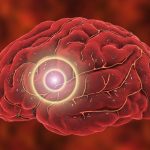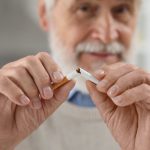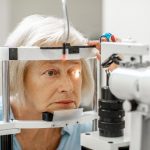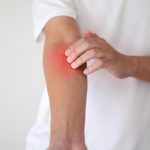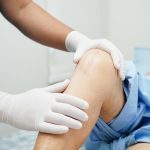
Babies who breathe in polluted air tend to have higher rates of peanut allergy as they grow up, but the same wasn’t true for immune-based conditions like egg allergy or eczema, Australian researchers report. Why the connection to peanut allergy in particular? That’s not yet clear, said study lead author Dr. Diego Lopez, of the University of Melbourne. “Air pollutants have an irritant and inflammatory effect that may boost the immune systems pro-allergic response, potentially triggering the development of food allergies,” said Lopez, a researcher at the university’s School of Population and Global Health. “However, the underlying mechanisms of how air pollution increases the risk of a peanut allergy, and why eczema and egg allergy aren’t impacted in the same way, need to be explored further,” he said in a news release from the Murdoch Childrens Research Institute (MCRI). The new research involved nearly 5,300 children living in Melbourne who’d been enrolled at the age of 1 and then followed up at ages 4, 6 and 10. Lopez’ team was able to track local data on air pollution for whatever neighborhood the child lived in. They looked specifically at two types of pollution: fine particulate matter (PM2.5) and nitrogen dioxide (NO2). As rates of air pollution rose, so did a child’s odds of developing a peanut allergy, the team found. Food allergies were diagnosed using… read on > read on >










-150x150.jpg)


